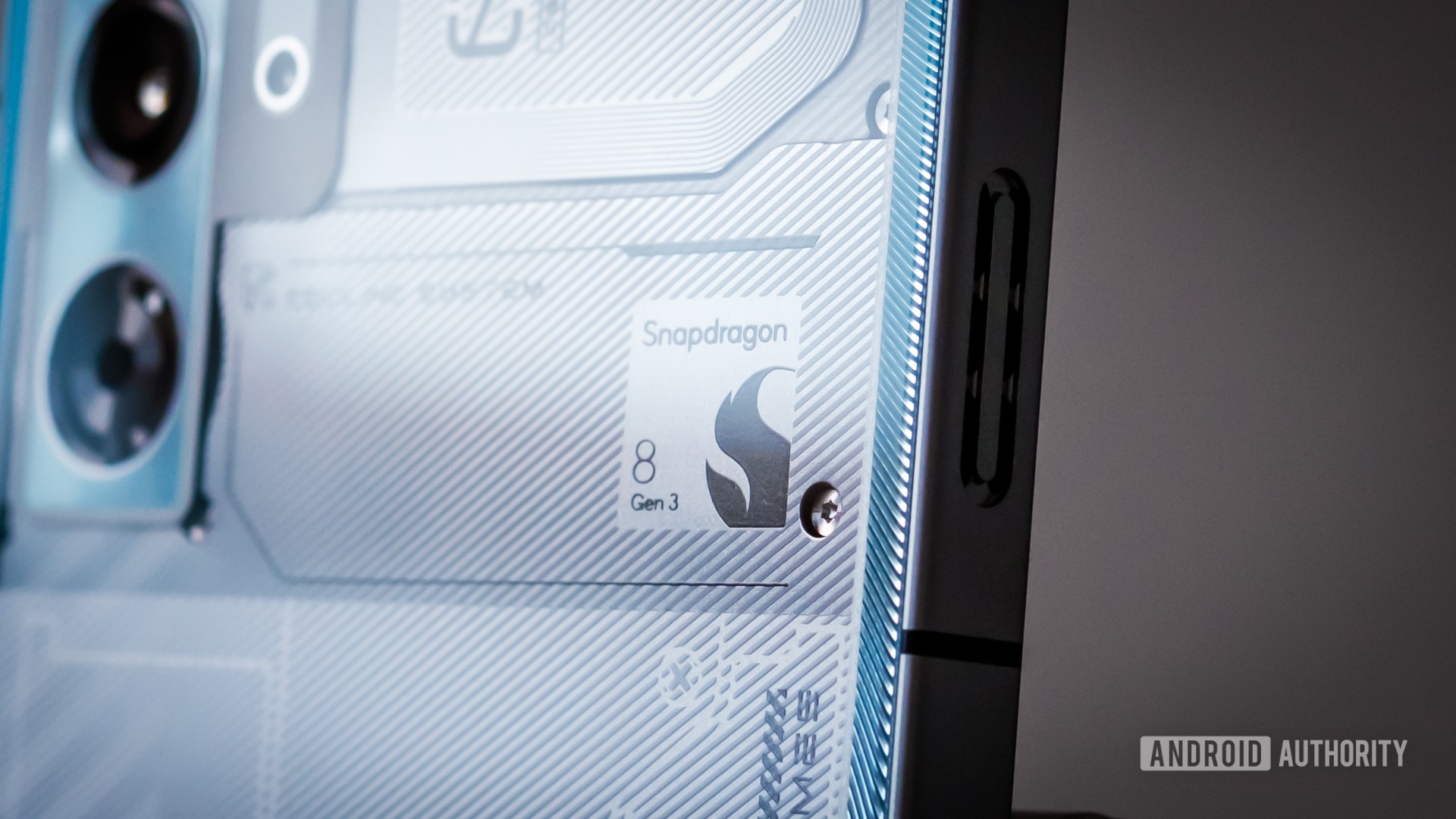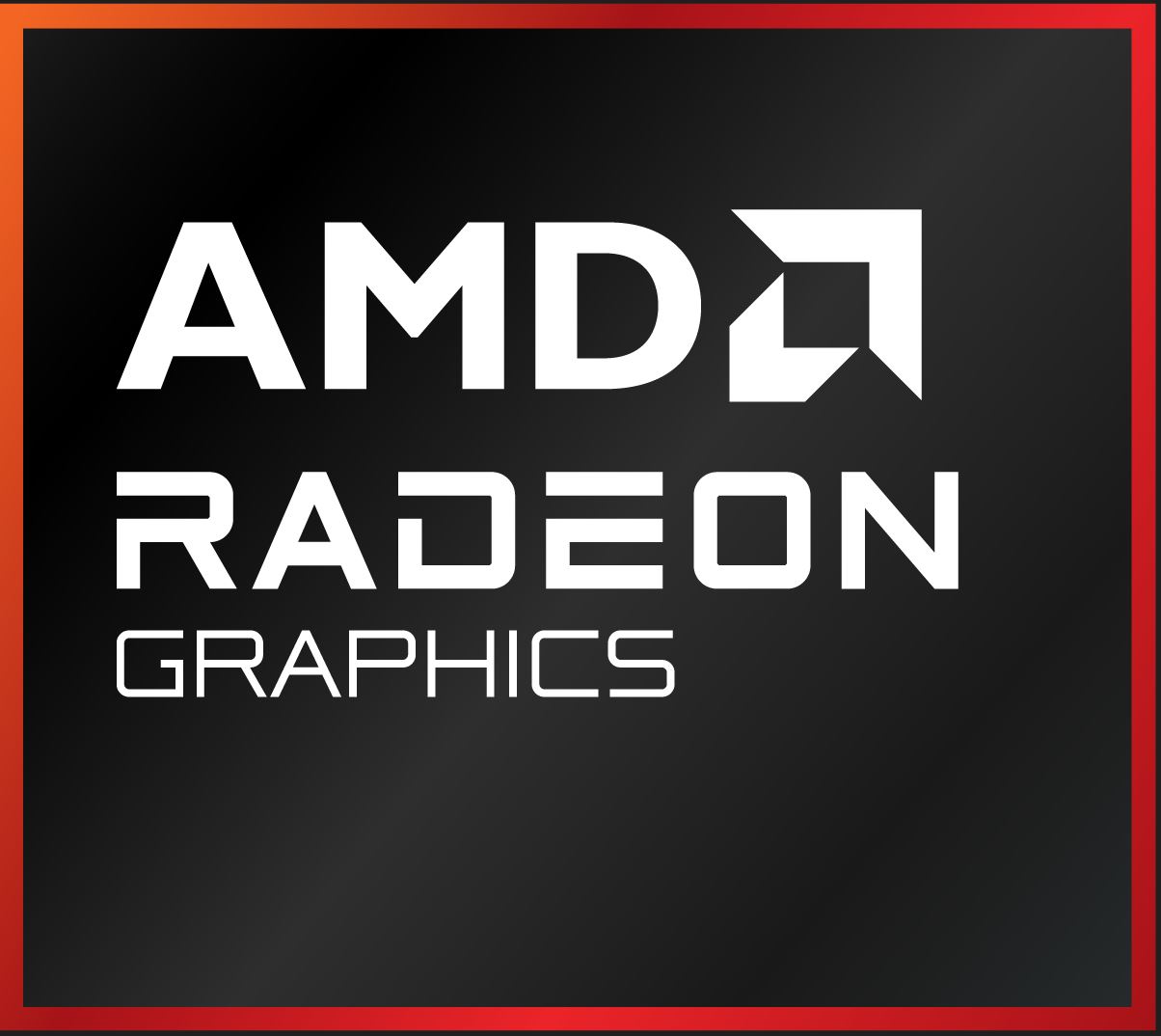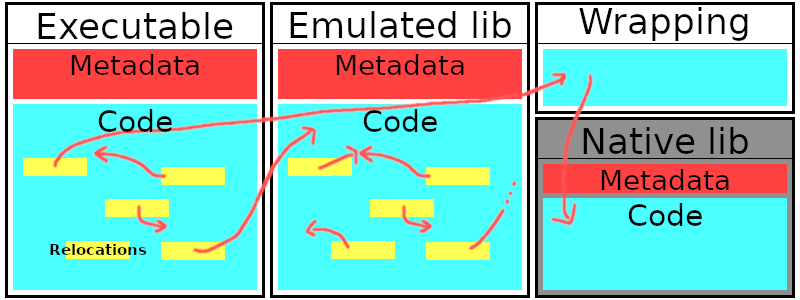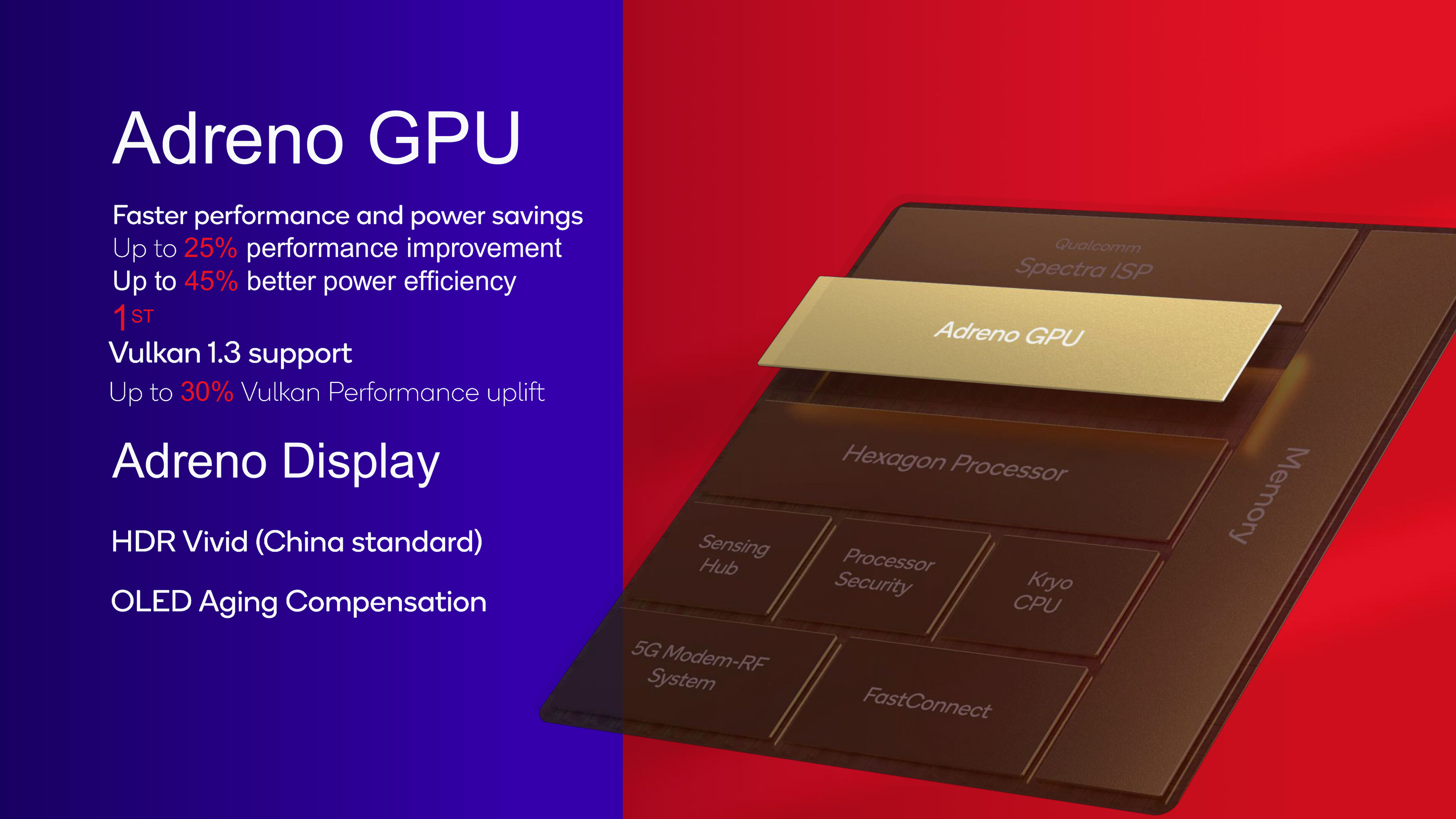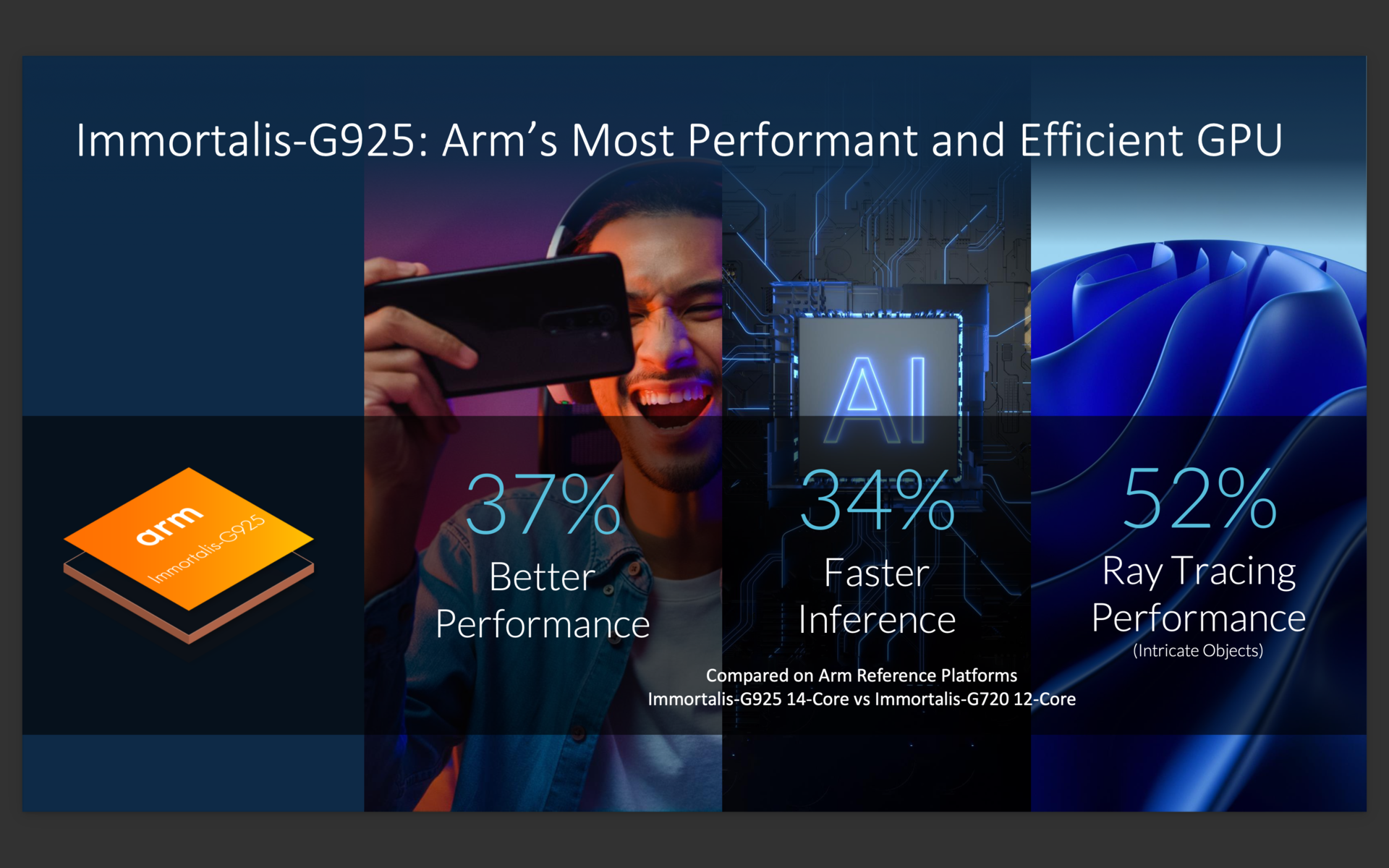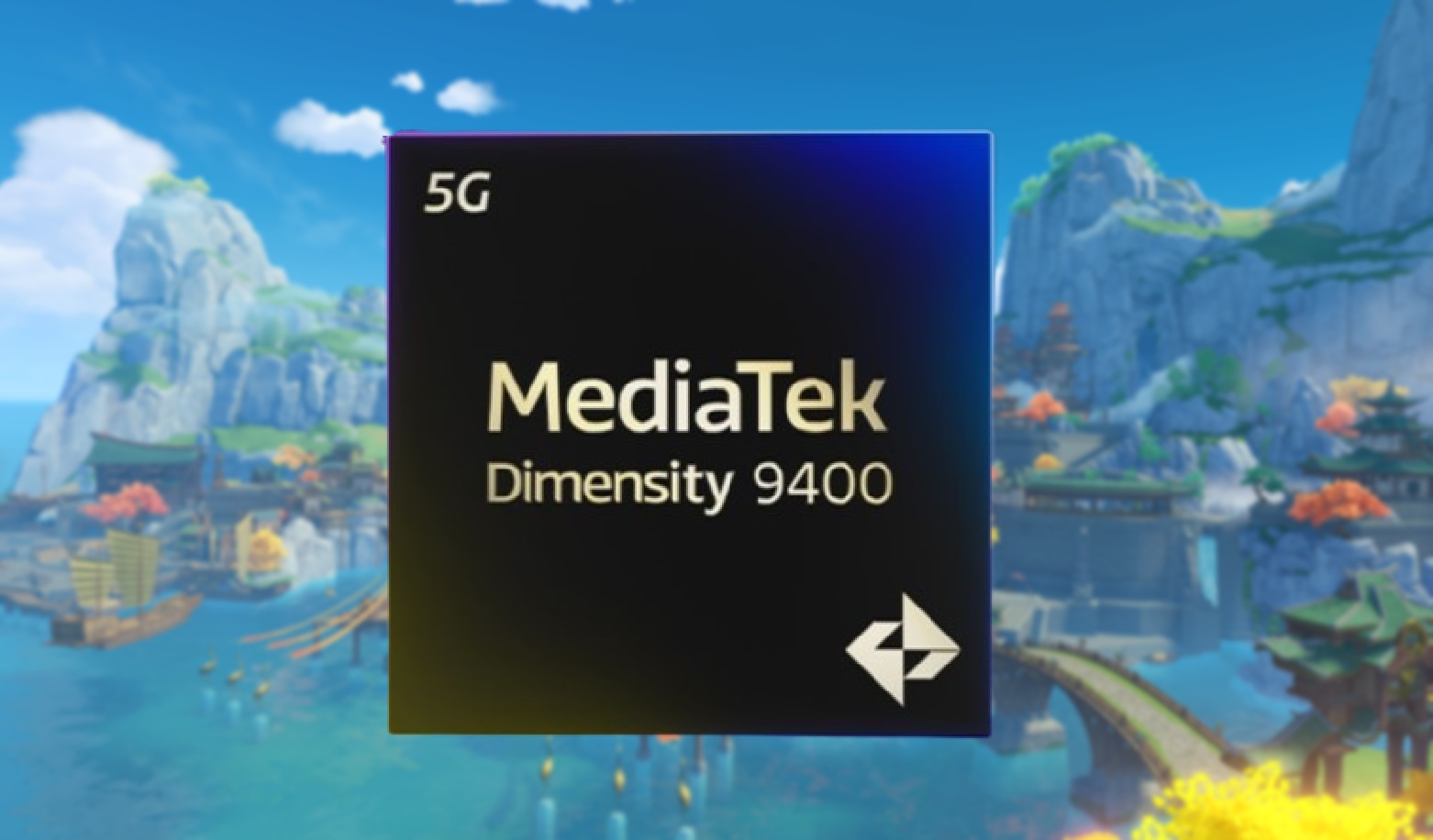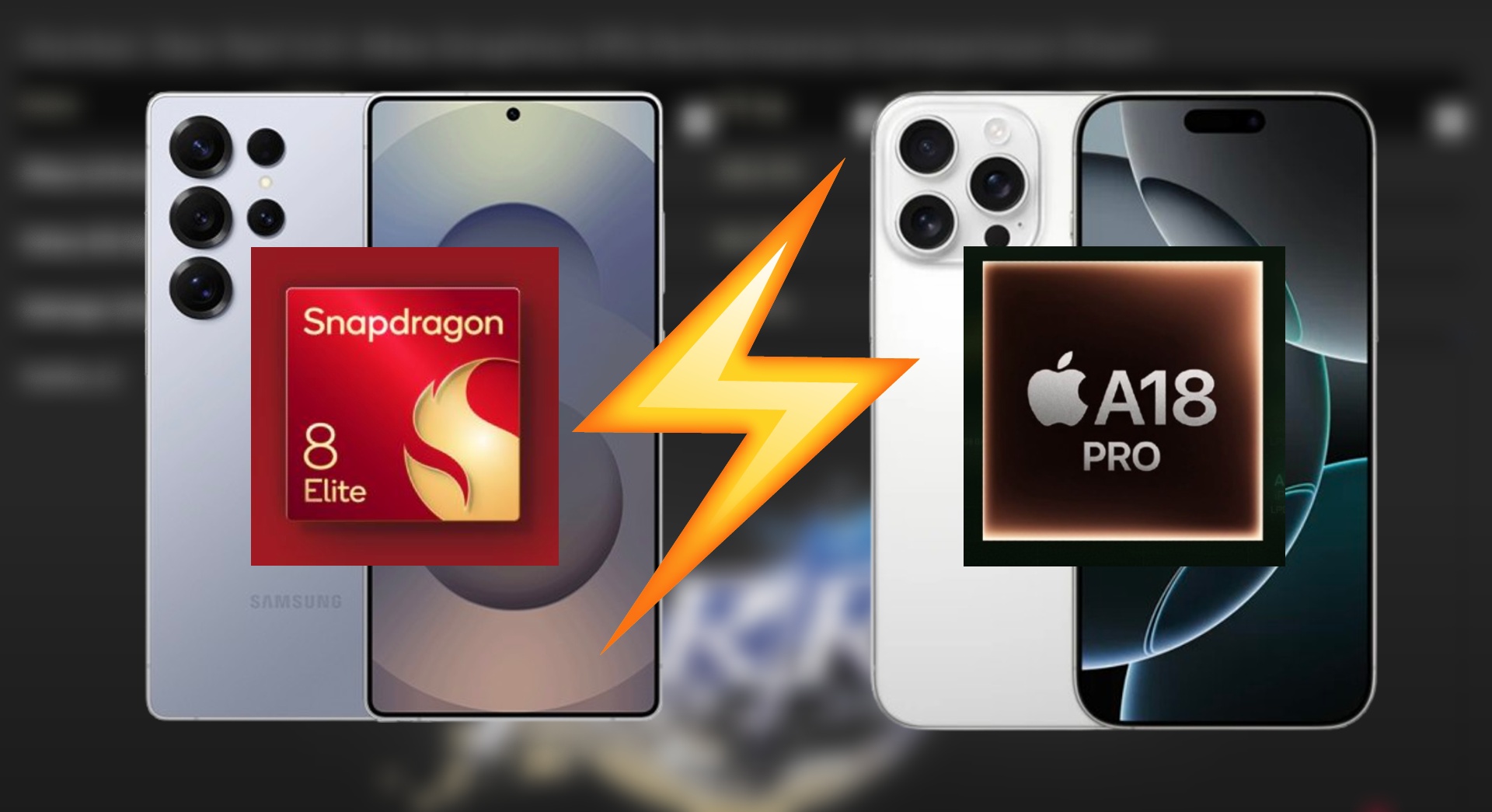Jimmyjames
Elite Member
- Joined
- Jul 13, 2022
- Posts
- 1,374
In the last few months, there has been a rise in pc game emulation on Android phones. A twitter account recently posted a comparison of Resident Evil Village on the Qualcomm 8 gen 3 (via emulation) vs the native version of the iPhone. They claim superior visuals on the Android device and thus, QC has the better gpu: effectively they claim QC can run full pc games better than the native iOS ports of those same games.
I”d be very interested in more knowledge members views on this. I know QC gpus vs Apple is a well worn topic here, but it would be interesting to get some opinions. There are some screen shots below along with a link to the video. The first thing that jumped out to me is the slight resolution difference.
Youtube: https://t.co/u8hAM3GrS2





I”d be very interested in more knowledge members views on this. I know QC gpus vs Apple is a well worn topic here, but it would be interesting to get some opinions. There are some screen shots below along with a link to the video. The first thing that jumped out to me is the slight resolution difference.
Youtube: https://t.co/u8hAM3GrS2
https://Twitter or X not allowed/cozy_OSS/status/1781948056046321979

